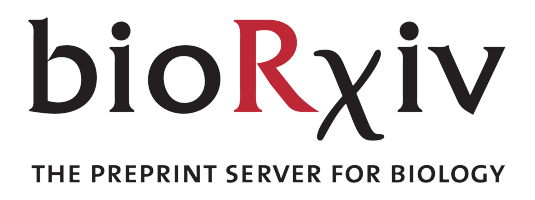Disassembly and in vitro cell compatibility of α-lactalbumin particulates under physiologically relevant conditions
Key Takeaways
The study showcases excellent techniques and controls for accurately measuring conditions inside droplets. Additionally, it offers insights into molecular tools for fine-tuning the critical concentration of synthetic condensates and modulating the partitioning of small molecules within them.
Abstract
Protein self-assemblies in the form of ordered supramolecular structures such as particulates hold great potential as new biomaterials. However, research in this field is rarely conducted under physiologically relevant conditions but such studies are crucially needed to unravel the potential use of particulates and other amyloid structures in health sciences. In this study, particulates of α-lactalbumin (ALA) were prepared at different stages of maturation by thermal incubation. Disassembly of particulates in isotonic buffer, neutral pH and at 37 ◦C was investigated by simultaneously measuring Thioflavin T fluorescence intensity and light scattering. Freshly formed particulates quickly disassembled and displayed complete release of soluble ALA within 1 h. Mature particulates displayed slower disassembly kinetics with incomplete release of ALA within 1 h. The biocompatibility of particulates at different maturation stages to epithelial lung and fibroblast cells was assessed in vitro. Good cell compatibility was observed in the presence of the particulates and their released species. Our findings display protein particulates as biodegradable and highly tunable particles, promoting them as good candidates for drug delivery purposes.
Other Publications Featuring Labbot

Phase separation of protein kinase A regulatory subunits is driven by similar inter- and intra-molecular interactions involving the inhibitory segment
In the cell, proteins can phase separate to form local, transient compartments that regulate key functions. But what are the driving forces behind this, and how does it relate to other types of protein interactions? To address this, the Magnus Kjærgaard research group in Aarhus developed a framework to quantify the distinct energetic forces governing these interactions.

Effects of solution conditions on the self-assembly of the chaperone protein DNAJB6b
Our cells are kept clean by a host of protein chaperones that prevent the buildup of misfolded proteins linked to dementia and other diseases. In this study, the Sara Linse group takes a close look at one such chaperone, DNAJB6b, exploring how it forms clusters of different sizes under various conditions. This clustering behaviour appears to be central to DNAJB6b’s remarkable ability to suppress protein aggregation.

Tunable self-association of partially dephosphorylated beta-casein
Adapting milk protein from cows for human infant nutrition requires an in-depth understanding of how the proteins differ. In this collaboration between the University of Copenhagen and Arla Foods Ingredients, the authors explored how calcium and phosphorylation state govern the self-association of industrially prepared β-casein.

